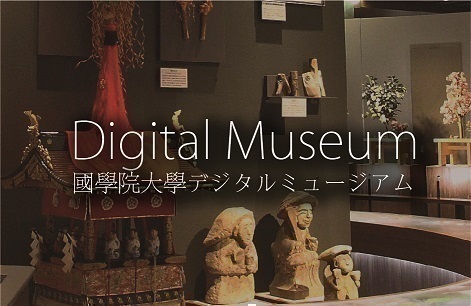- トップ
- Encyclopedia of Shinto
- Susanoo
Encyclopedia of Shinto
| Main Menu: | |
| Links: |
詳細表示 (Complete Article)
| カテゴリー1: | 2. Kami (Deities) |
|---|---|
| カテゴリー2: | Kami in Classic Texts |
| Title | Susanoo |
| Text | [Susanoo no mikoto](Kojiki)(Nihongi) Other names: Take haya susanoo no mikoto(Kojiki) A kami introduced by (Kojiki) as having come into being from the nose of Izanagi no mikoto as he was performing ablutions (misogi) to rid himself of pollution encountered while in the underworld (Yomi). In Nihongi, however, Susanoo is described as being produced by Izanagi and Izanami as part of the process of their giving birth to various kami (kamiumi). Both accounts describe Susanoo as one of a set of three kami known as the "three noble children," the other being Amaterasu and Tsukuyomi. In contrast to Amaterasu (sun) and Tsukuyomi (moon), Susanoo has been associated with wind and rain, but many elements of his personality remain unclear. Susanoo was ordered by Izanagi to have domain over the sea plain, but instead wished to visit his mother in the underworld (Ne no kuni), with the result that he was banished. He next visited his sister Amaterasu in the Plain of High Heaven (Takamanohara), but he was suspected of insurrection and underwent a trial by pledge (ukei). Declaring himself the winner in the trial, Susanoo ran amok and caused Amaterasu to hide herself away in the heavenly cave, for which offense Susanoo was again banished. Descending to Izumo in the "Central Land of Reed Plains" (Ashihara no Nakatsukuni), Susanoo defeated the serpent Yamata no orochi, received the sword "Kusanagi" and was awarded the maiden Kushinadahime, thus settling in the Suga area of Izumo. In addition, Kojiki includes an episode in which Susanoo slays the goddess of food Ōgetsuhime, thus bringing into being the edible grains, and another in which he becomes lord of the underworld and sets various trials before the visiting Ōkuninushi. While Susanoo is depicted as a unique deity active both in Izumo and the Plain of High Heaven, his exploits in the Plain of High Heaven are without exception disruptive of order, while he is described in the Izumo episode as a kami bringing orderly rule to the area, as indicated by the description of his statements as mikotonori (imperial proclamations). The Izumo no kuni fudoki does not relate the kind of myths recounted in Kojiki and Nihongi, but describes Susanoo merely as one of the many kami in existence. In an extant excerpt from the Bingo no kuni fudoki, Susanoo is associated with a kami of pestilence known as Mutō, and from the medieval period, Susanoo was frequently identified with the deity Gozu Tennō. -Kadoya Atsushi |




